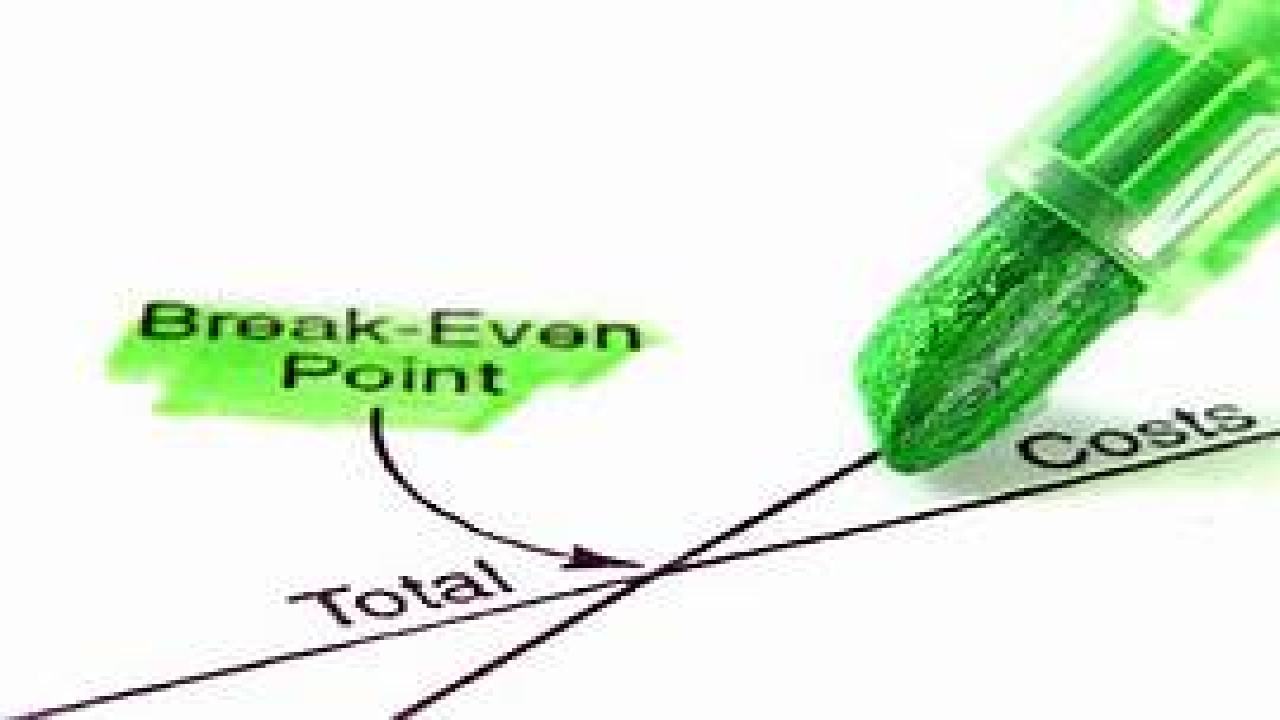Break Even Point
The stock market is a complex and ever-changing landscape, where investors and traders employ various strategies to make profits. One important concept in options trading is the break-even point, which refers to the stock price at which a particular strategy neither makes nor loses money.
Defining the Break-Even Point
The break-even point is a crucial concept in options trading as it provides insights into the profitability of a strategy. It represents the stock price level at which an options trade achieves neither a profit nor a loss. In other words, it is the point where the premium paid for the options contract is fully recovered through the stock’s movement.
Static Break-Even Point vs. Dynamic Break-Even Point
- There are two types of break-even points in options trading: static and dynamic. The static break-even point is calculated at the expiration date of the options contract. It is a fixed stock price at which the strategy breaks even. Traders often use static break-even points to assess the risk-reward ratio of a trade before entering into it.
- On the other hand, the dynamic break-even point changes as time passes. This is because options prices are influenced by several factors, including time decay (theta), implied volatility, and underlying stock price movements. These factors can cause the break-even point to shift throughout the life of the options contract.
Factors Affecting the Dynamic Break-Even Point
- Time Decay (Theta): Time decay refers to the reduction in the value of an options contract as it approaches its expiration date. The closer the expiration date, the faster the rate of time decay. This means that the dynamic break-even point in options trading will gradually move closer to the current stock price as time passes.
- Implied Volatility: Implied volatility reflects the market’s expectation of future price fluctuations in the underlying stock. Higher implied volatility increases options premiums, while lower implied volatility decreases them. Consequently, changes in implied volatility can affect the dynamic break-even point. If implied volatility rises, the break-even point will shift further away from the current stock price, and vice versa.
- Underlying Stock Price Movements: The dynamic break-even point is also influenced by the movements of the underlying stock. If the stock price moves in favor of the options trade, the break-even point will shift closer to the current stock price. Conversely, if the stock price moves against the trade, the break-even point will move further away.
Adapting Strategies with the Dynamic Break-Even Point
The dynamic nature of the break-even point highlights the importance of adaptability in options trading strategies. Traders need to constantly monitor the changes in the break-even point and adjust their positions accordingly. This may involve making additional trades to hedge against potential losses or to take advantage of favorable movements in the underlying stock.


